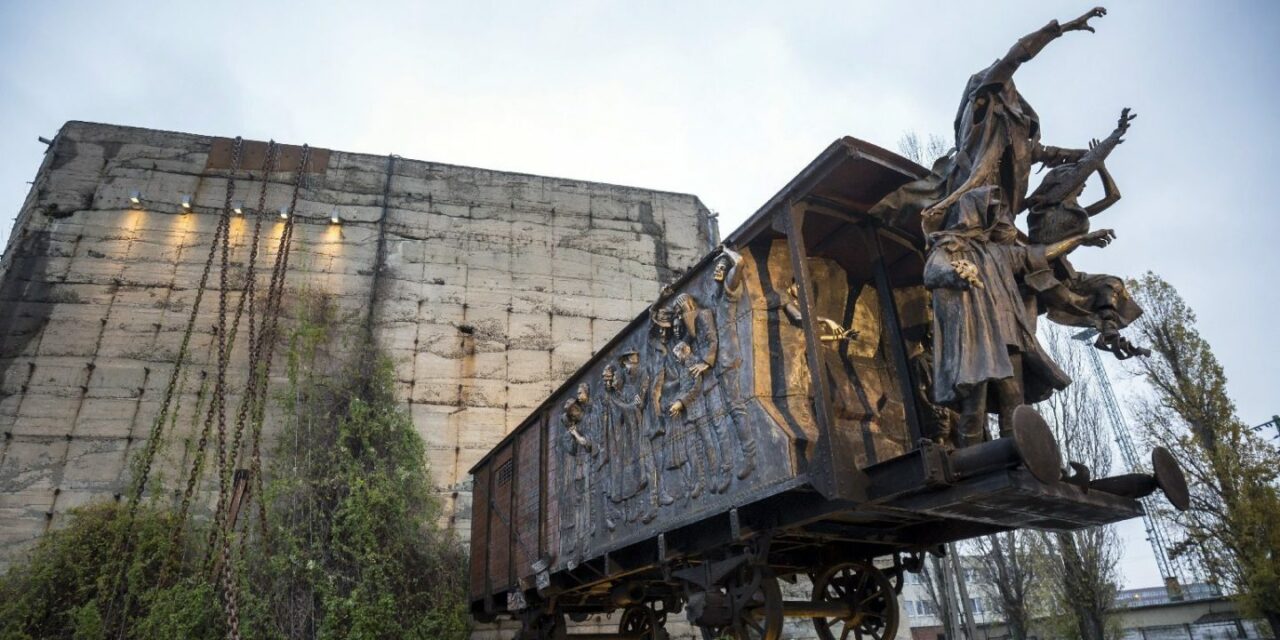On the occasion of the Memorial Day of Hungarian political prisoners and forced laborers transported to the Soviet Union, new contents have been added to the database of the Hungarian National Archives (MNL) about those transported to the Soviet Union, it was announced at a press conference in Budapest on Friday.
Eszter Vitályos, the Parliamentary State Secretary of the Ministry of Culture and Innovation (KIM) spoke, among other things, about how the sufferings of those who eventually returned from "communist hell" did not end either, as they had to keep silent about what happened to them for many years and were harassed for the rest of their lives. they had a share. Praising the work of the National Archives in researching and developing the database, he said: "this freezing, deadly silence will finally be broken" (.) and "all disgraceful things will be revealed".
The state secretary said that those who were dragged to the Gulag, "those maimed there are among the most vulnerable and abandoned people of the 20th century", and yet they were able to leave valuable, beautiful thoughts to posterity. As an example, Eszter Vitályos mentioned the four rules of survival, formulated by the Benedictine monk Olofsson Placid, who was dragged to the Gulag.
At the event, Péter Illésfalvi, head of department at the Ministry of National Defense, said that Friday's "very young people's day of remembrance" is about one of the largest forced exodus of the Hungarian nation, as it affected more than half a million people even according to the most conservative estimates.
Historians and archivists have a moral duty to provide satisfaction to the people involved and their relatives with the discovery and research work, he said.
Mikó Zsuzsanna, Deputy Director General of MNL, reminded: the archive published the database containing the data of the victims transported to the Soviet Union, as well as the digital copies of the cartons relating to them, on February 25 last year, together with eight additional databases. According to his description, more than 423,000 users visited the database by the end of October, most of them young people between the ages of 24 and 35, most of them women. He also mentioned that there was significant interest from Transylvanian settlements due to the compensation in Romania. He indicated that MNL was encouraged by the significant social demand to expand the database with additional content.
Zsuzsanna Mikó announced: on the occasion of the Memorial Day of Hungarian political prisoners and forced laborers transported to the Soviet Union, the service will be expanded with two more databases - the Hungarian Prisoner of War News and the Soldiers in the Gulágon database.
According to the information of the MNL, the next task is to specify the geographic names in the databases and to link them with the renewable geographic directory database. In addition to the currently available databases, the documents of the MDP Prisoner of War Office are being processed, and the construction of a database from the materials of the Prisoner of War Department of the Ministry of Foreign Affairs has begun, the national archive announced.
Source and full article: Felvidek.ma
Featured image: MTI/Balázs Mohai













